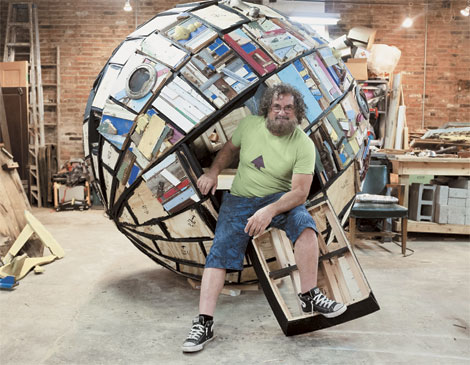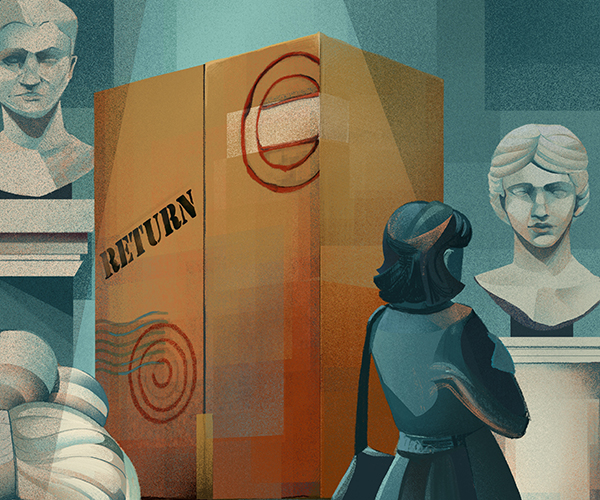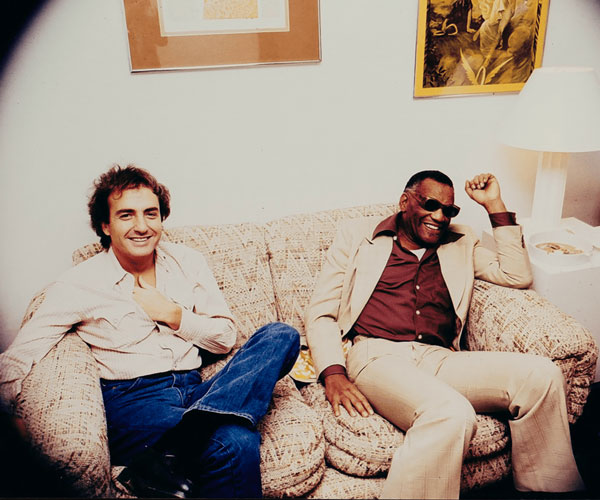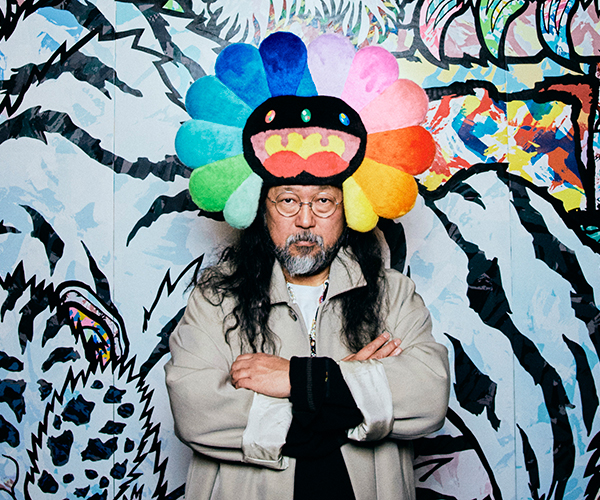For artist Loren Naji, home is a place that always welcomes and shelters you. “To have no place to go is to have no purpose in life,” he says.
Naji has two homes: one in Kirtland he shares with his wife and 13-year-old daughter, and his West 25th Street studio, where he creates large-scale conceptual sculptures.
Naji has been thinking a lot about what homes provide as he finishes Emoh (“home” spelled backward). The 8-foot spherical sculpture is covered with pieces of demolished houses and refuse Naji salvaged from trash in Cleveland and Michigan.
Starting this month with a send-off reception outside Spaces gallery Sept. 8 and a bon voyage celebration the next day at Prosperity Social Club, Naji plans to live, sleep and eat in Emoh, as a way of drawing awareness to homelessness and what he deems society’s “backwards housing system,” where government would rather demolish vacant homes, cluttering landfills, than allow homeless people to live in them.
“It’s like having food in a box, and then keeping it locked up so no one can eat it,” he says. Hauling the sculpture on a trailer between stops, Naji plans to finish the first leg of his tour in Grand Rapids, Michigan, home of the ArtPrize festival.
Naji is one of more than 1,000 international entrants vying for one of two $200,000 grand prizes. If he wins, Naji will donate part of the proceeds to homeless shelters in Cleveland and Grand Rapids, and fund new art projects. He plans to continue his tour in metropolises such as Boston and Toronto.
Naji hopes viewers respond to the conceptual and living art aspects of the piece. During the tour, he will spend time talking to homeless people. “I’ll be sleeping outside on the streets … experiencing many of the difficulties they do: cold, mosquitoes, bad weather,” he says. His only cover will be the walls of Emoh, which he says is not really waterproof. Designed like a small bunker, Emoh’s hollow interior contains a bed, windows and a door.
Viewers are encouraged to submit their thoughts on what home means to them and slip them into a mailbox on the sculpture. Naji also hopes to have many conversations with visitors about homelessness, vacancy and the environment. It’s a way of connecting them to Naji’s advocacy efforts.
“I think human beings should have humanity,” he says. “The least we can do is provide homes for people.”




